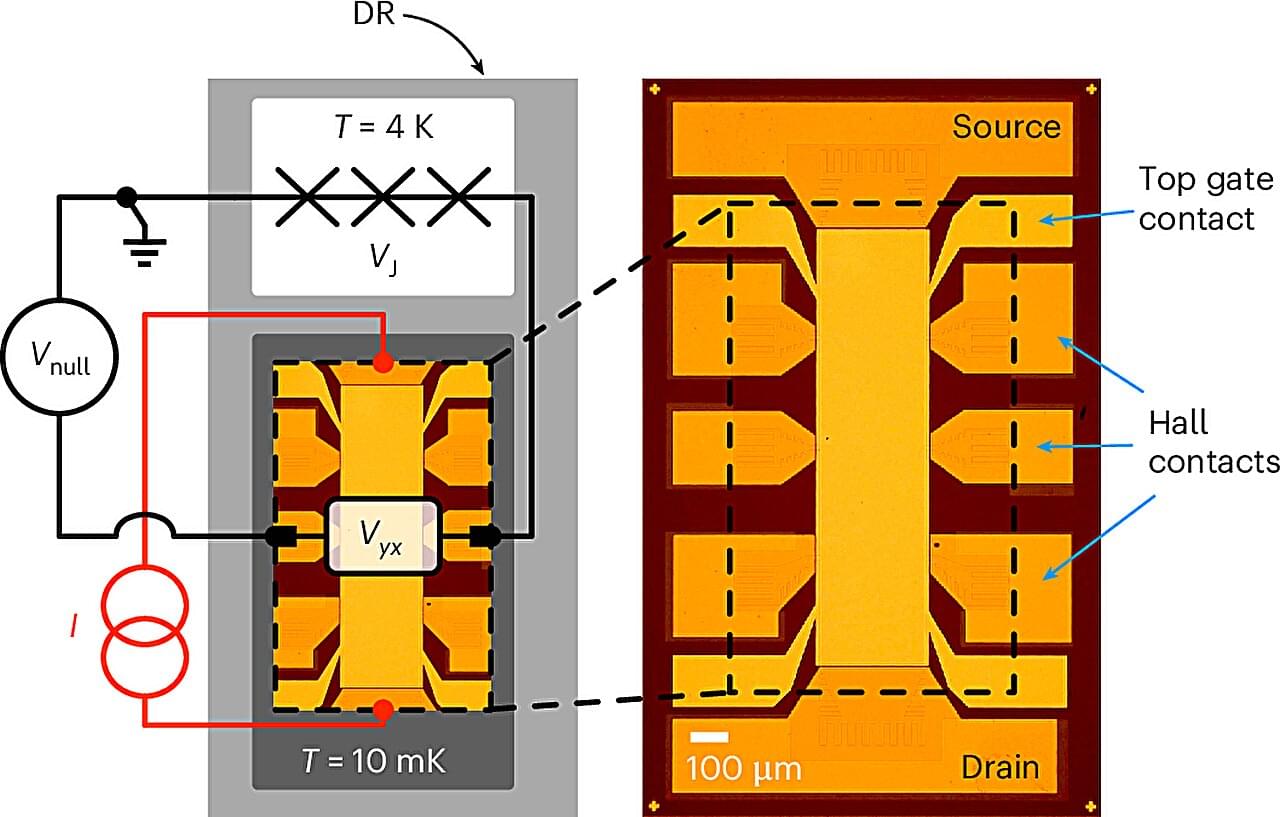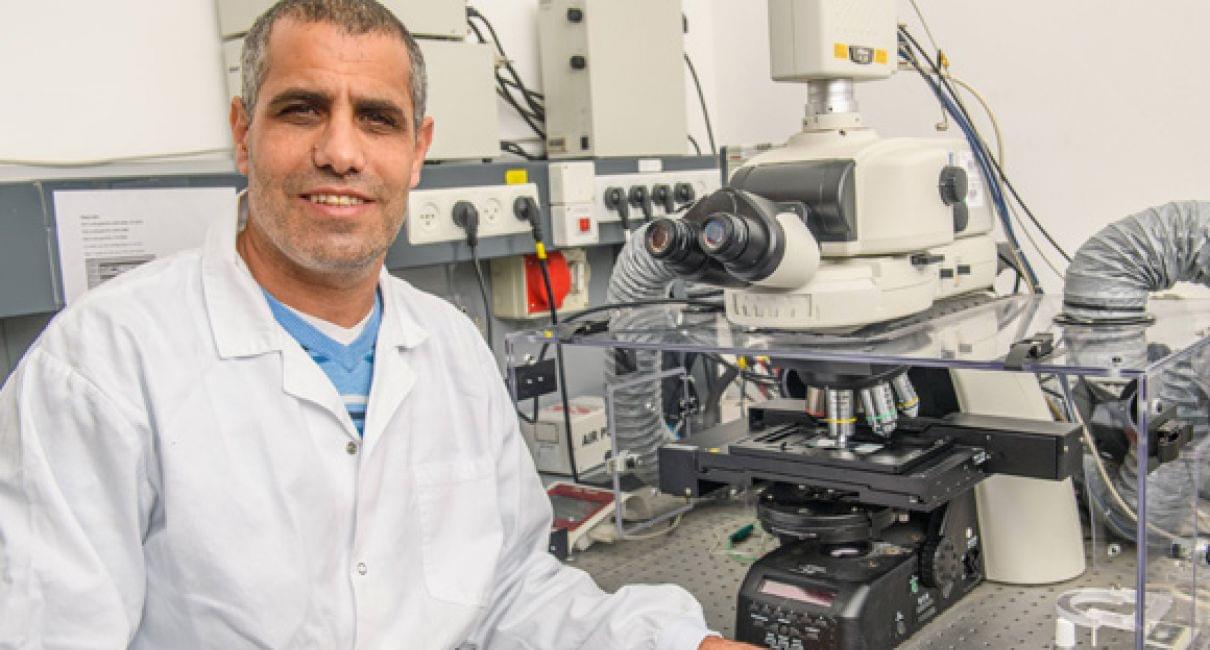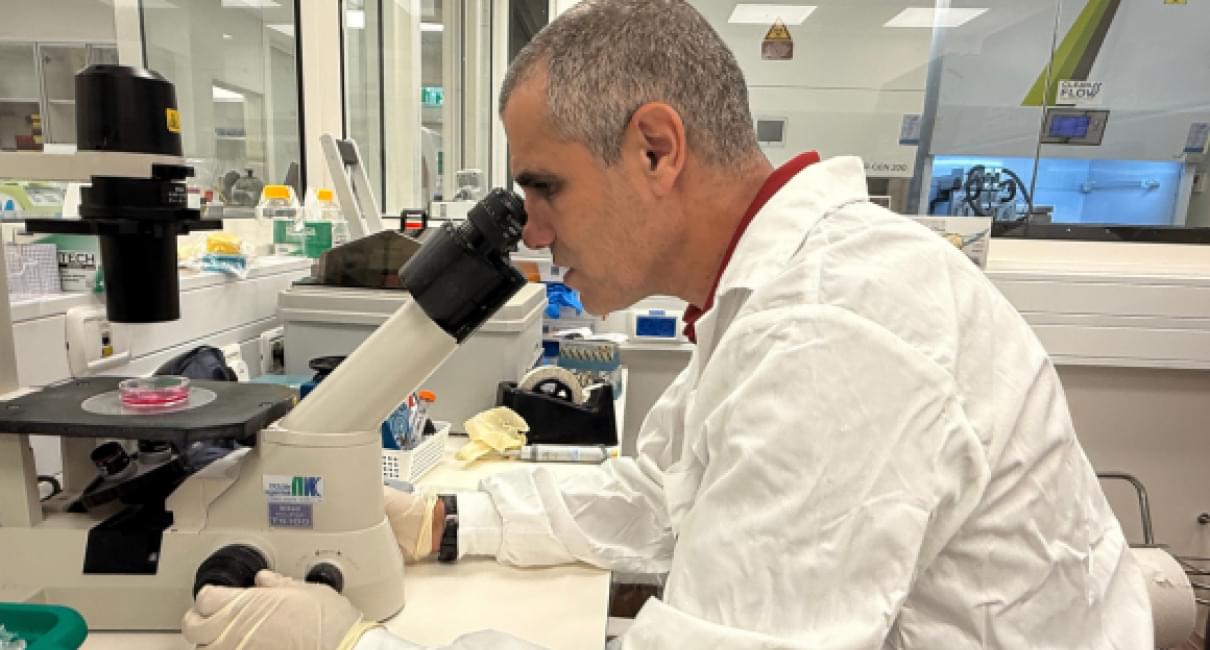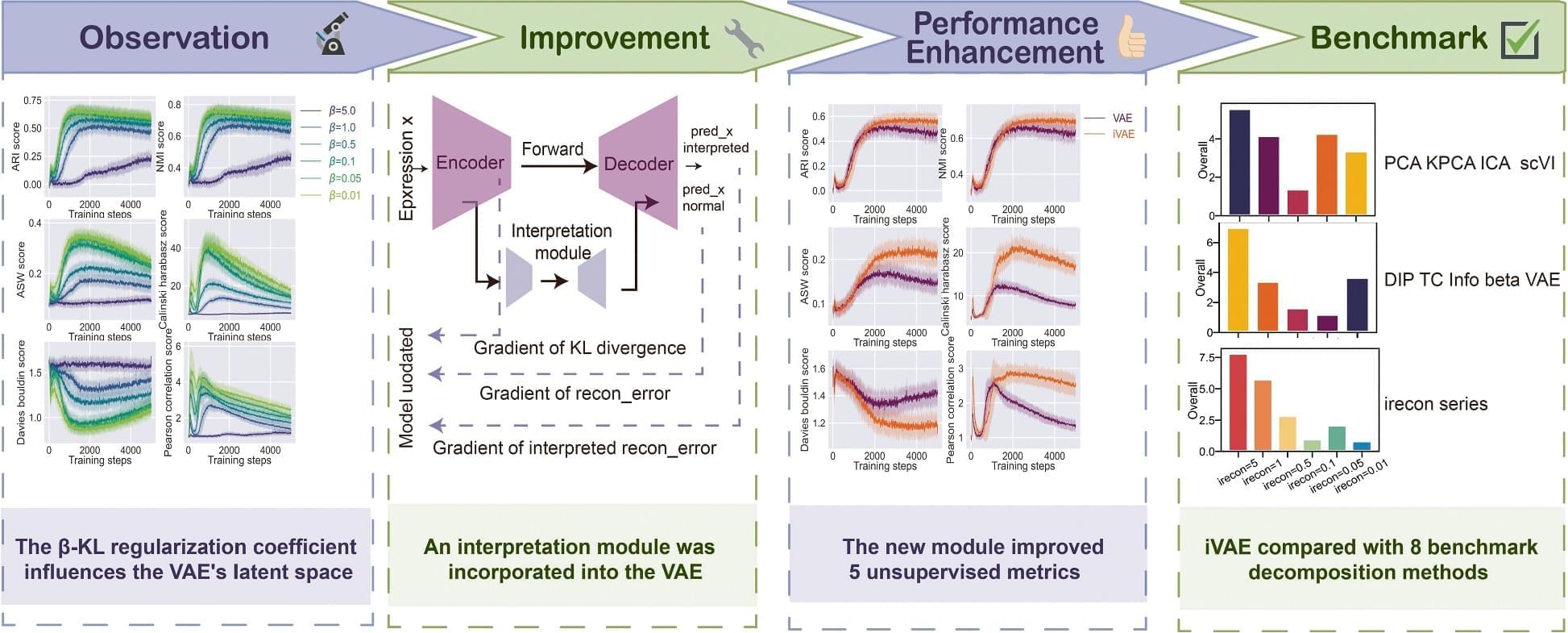Australian researchers have used an innovative genome-wide screening approach to identify genes, and their encoded proteins, that play critical roles in the prevention of lymphoma development, revealing new potential treatment targets for these blood cancers.
The study, published in Nature Communications, has identified a group of proteins known as the GATOR1 complex as essential tumor suppressors.
The GATOR1 complex normally functions as a “brake” on cellular growth by regulating pathways that control cell growth and metabolism. When GATOR1 components are lost or defective, this protective mechanism fails, allowing cells to grow uncontrollably.








